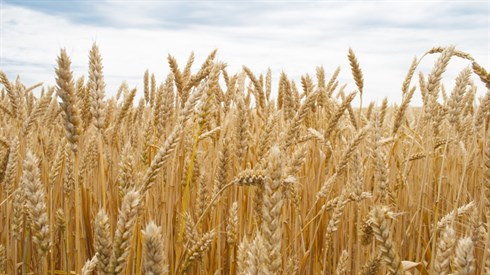- Shabbat and Holidays
- The Seven Weeks of Condolence
311
1. Physical building of the city. Yeshayau goes into elaborate detail as to which valuable and impressive stones will be used to rebuild the city’s walls, gates and even floors (Is 44:11-12). This expresses the idea that the city will not merely be rebuilt functionally with houses, walls and public buildings, but it will look imposing and will well represent the stature of the people. So much so that when Rabbi Yochanan describes these great stones, his student finds it hard to believe (with disastrous results - Bava Batra 75). However, physical structures alone are just empty shells, so the prophet continues with his description.
2. The society. The inhabitants of the city and the society they form are crucial components of rebuilding the city. In the song Lecha dodi we sing "Wear your clothes of splendor, my nation" – from which it can be understood that "my nation", the people are the clothes of splendor of Jerusalem. Without them, Jerusalem is bare and incomplete. When society broke down, it precipitated the destruction. In order to correct that society has to be appropriately rebuilt. Yeshayahu lists two main factors (Is 44:13-14): (a) Torah learning by the masses – "And all your sons will be students of Hashem"` (b) Social justice "Distance yourself from oppressing others".
3. Protection from enemies. When a person gives a gift, or builds something he has no responsibility for preventing damage in the future and can give no guarantees (as Rashi comments on Birkat kohanim – ד"ה וישמרך). Hashem on the other hand, promises to rebuild Jerusalem physically, set up a just, Torah-based society – and He ensures that it will not be overrun by enemies: "Any utensil created against you will be unsuccessful" (Is 44:17). Yet there is still one more stage to the prophecy.
4. The Davidic dynasty. An integral part of rebuilding Jerusalem is reinstituting Jewish, Torah-based leadership for the nation. This is not a separate prophecy or a different topic. It is the ultimate fulfillment of the rebuilding of Jerusalem. Even with the proper society living safely in walls of the city, Jerusalem is incomplete until we have fitting leadership! In fact (as Rav Moshe Aberman pointed out in a shiur on MTA 1995), we say this every day in the blessing for Jerusalem:" ולירושלים עירך ברחמים תשוב...ובנה אותה...וכסא דוד (עבדך) מהרה לתוכה תכין – And to Jerusalem your city, return…And restore (your servant) David’s chair to her speedily." Even though the very next blessing is dedicated entirely to the Davidic dynasty, Chazal saw it fit to include it also in the blessing for Jerusalem, as the culmination of the process of rebuilding Jerusalem!
May we merit speedily in our days the full rebuilding of Jerusalem with all its components: physical, societal, safety and leadership!

The Seven Prophecies of Comfort
Rabbi David Dov Levanon | 5752

God's Punishment and Comfort are our Support
Shiv'a de-Nechemta: The Philosophy of Comfort and Redemption - 4
Rabbi Hillel Maizels

Hester Panim, Exile and Redeption
Shiv'a de-Nechemta: The Philosophy of Comfort and Redemption - 6
Rabbi Hillel Maizels

Israel's Comfort
Rabbi Shaul Yisraeli zt"l | 5753

Can i pray in other nusach?(part one)
Chapter six-part two
Rabbi Eliezer Melamed | 5775

Can i pray in other nusach?(part one)
Chapter six-part two
Rabbi Eliezer Melamed | 5775

Children in Diapers in Shul During Davening
Various Rabbis | 5774





